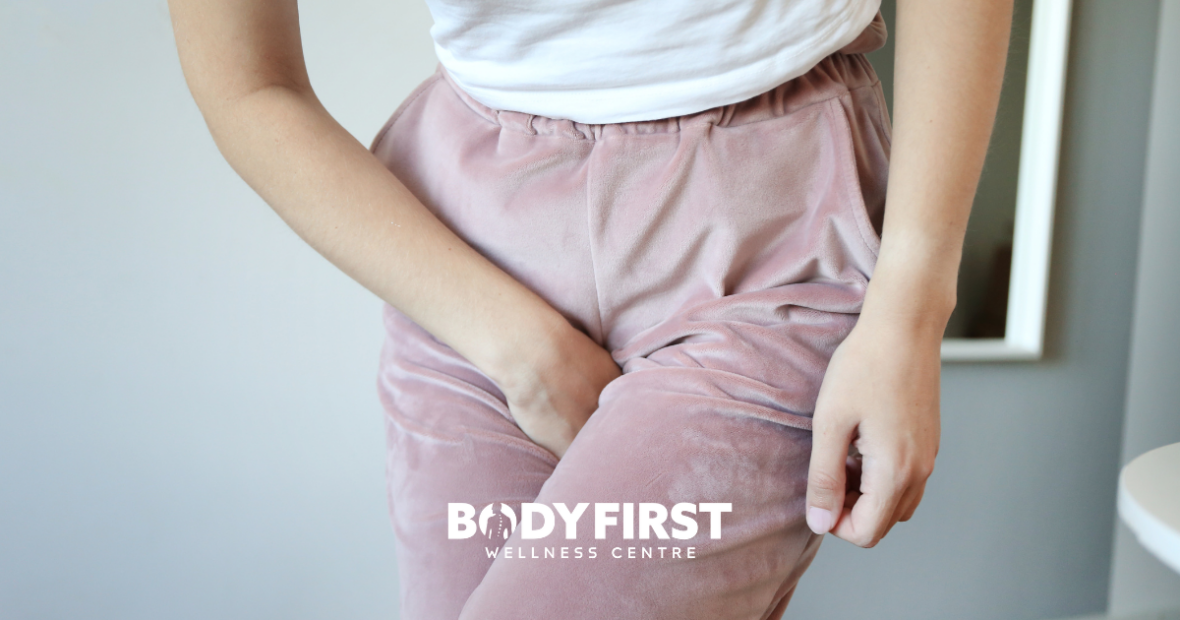
By Pilar Banag – Physiotherapist at Body First Wellness Centre, Scarborough
Urinary incontinence is a common yet often overlooked condition that can significantly impact quality of life. Fortunately, targeted pelvic floor exercises can strengthen core muscles, enhance bladder control, and restore confidence. At Body First Wellness Centre, physiotherapist Pilar Banag provides expert guidance on pelvic floor health, empowering individuals to regain control and improve their overall well-being.
The pelvic floor muscles play a vital role in supporting the bladder, bowel, and uterus. Weak or strained pelvic muscles can lead to urinary incontinence, especially after childbirth, surgery, or aging. Incorporating the following exercises into your daily routine can strengthen these muscles and alleviate symptoms.
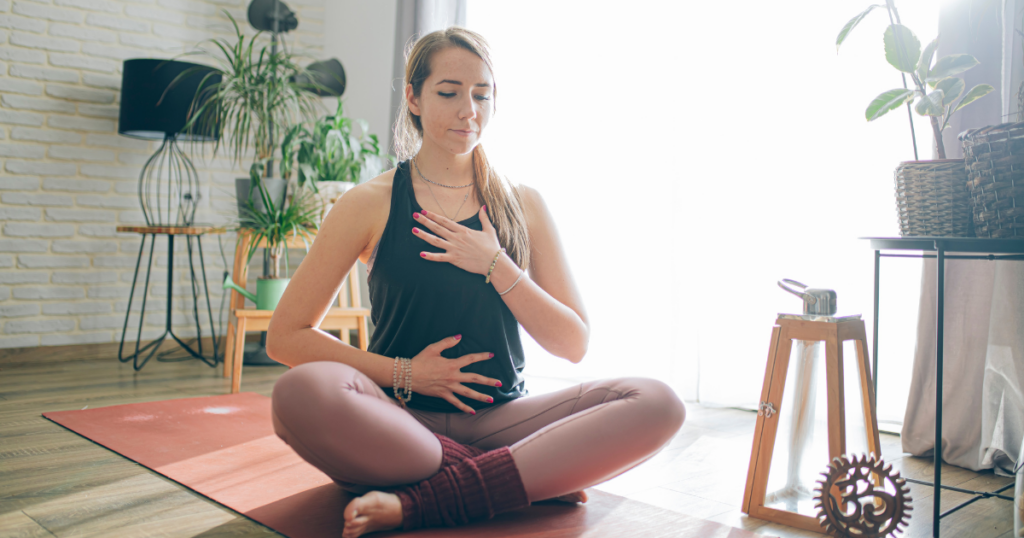
Proper breathing forms the foundation of pelvic floor health.
Benefits: Encourages core stability and reduces tension in the pelvic area.
This exercise activates your deep core muscles, crucial for pelvic support.
Tip: Avoid holding your breath or tightening other muscles, like your glutes or thighs.
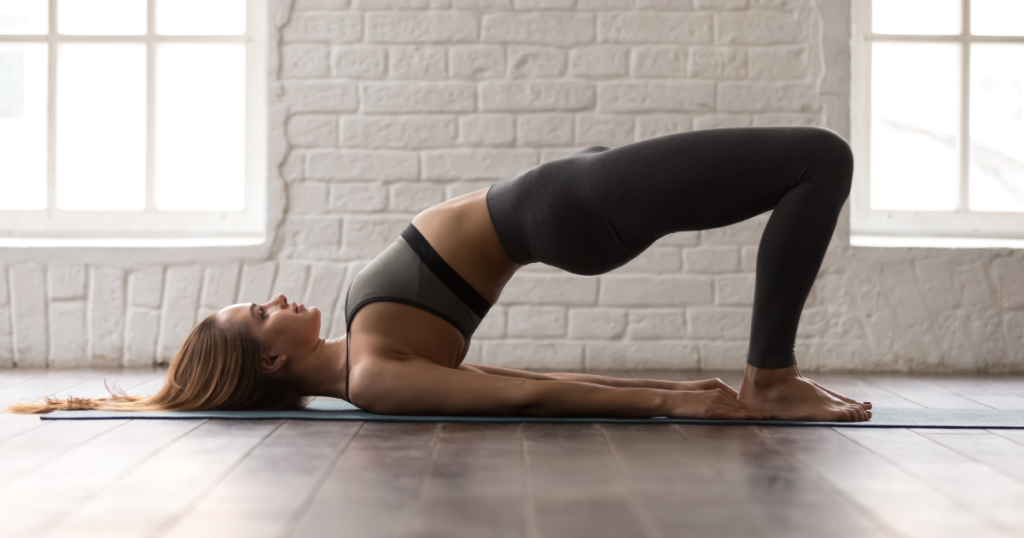
Bridges help strengthen the glutes, hamstrings, and pelvic floor.
Benefits: Improves pelvic alignment and enhances bladder control.
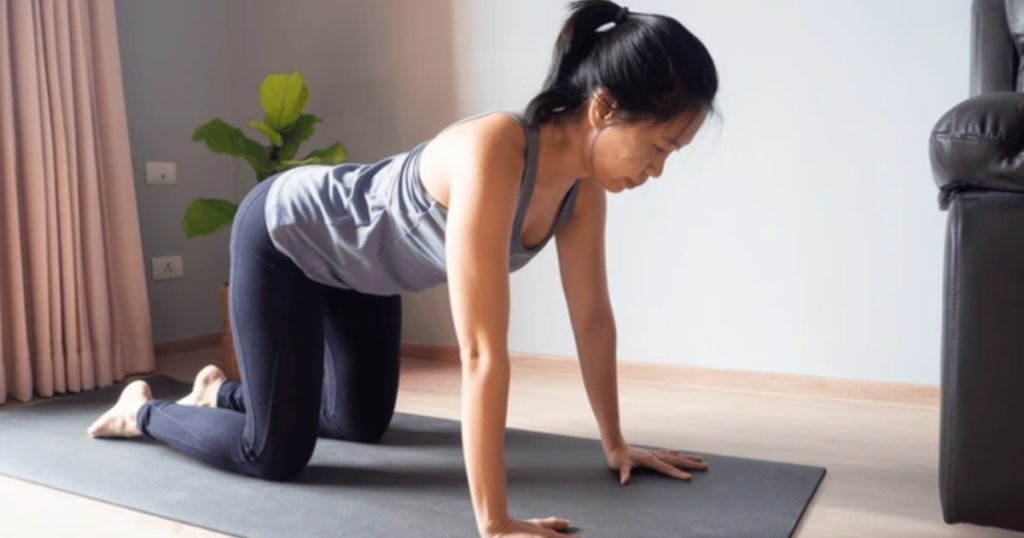
This position is excellent for relieving pressure on the pelvic floor while engaging your core.
Tip: Keep your back neutral and avoid arching or rounding excessively.
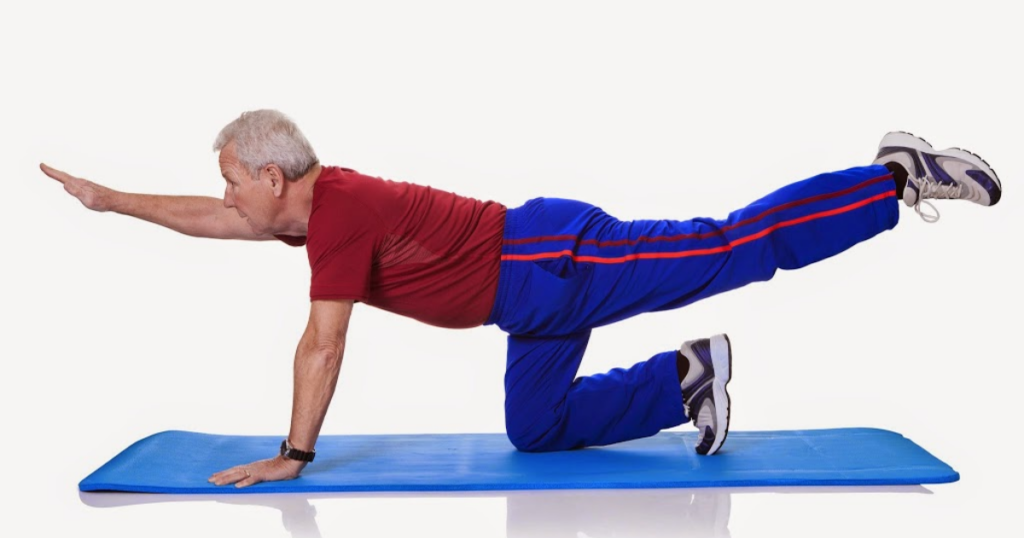
This exercise combines core stability with pelvic floor activation.
Benefits: Enhances balance, core strength, and pelvic floor coordination.
While these exercises are highly effective, results vary depending on individual needs. For best outcomes, consult a physiotherapist for a personalized assessment. At Body First Wellness Centre, Pilar Banag specializes in pelvic floor therapy and creates customized exercise plans to help you regain strength, control, and confidence.
At our Scarborough clinic, we provide comprehensive care for pelvic health, offering:
If you’re struggling with urinary incontinence, don’t wait to seek help. Visit Body First Wellness Centre and work with physiotherapist Pilar Banag to strengthen your pelvic floor and reclaim your quality of life.
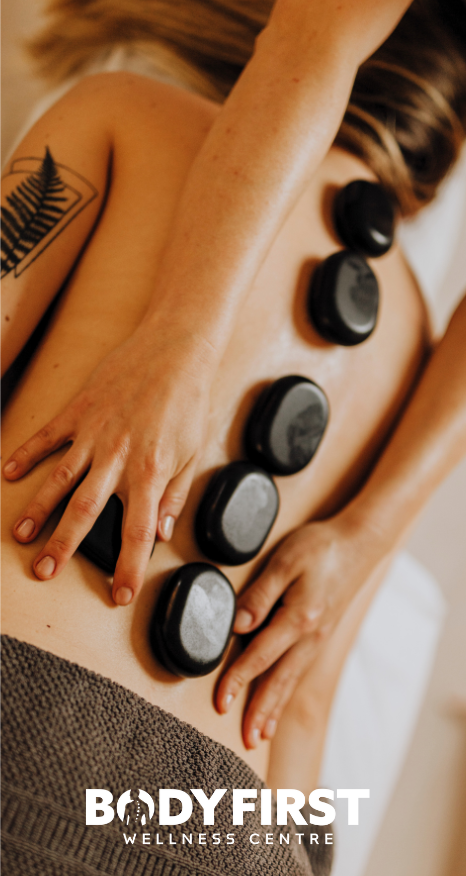
Due to the current pandemic situation, We at Body First Wellness Centre is implementing the following procedure upon entering our clinic:
We think about your wellness, we are doing our best to give you the best care possible. We are taking all the precautionary measures to ensure your safety.